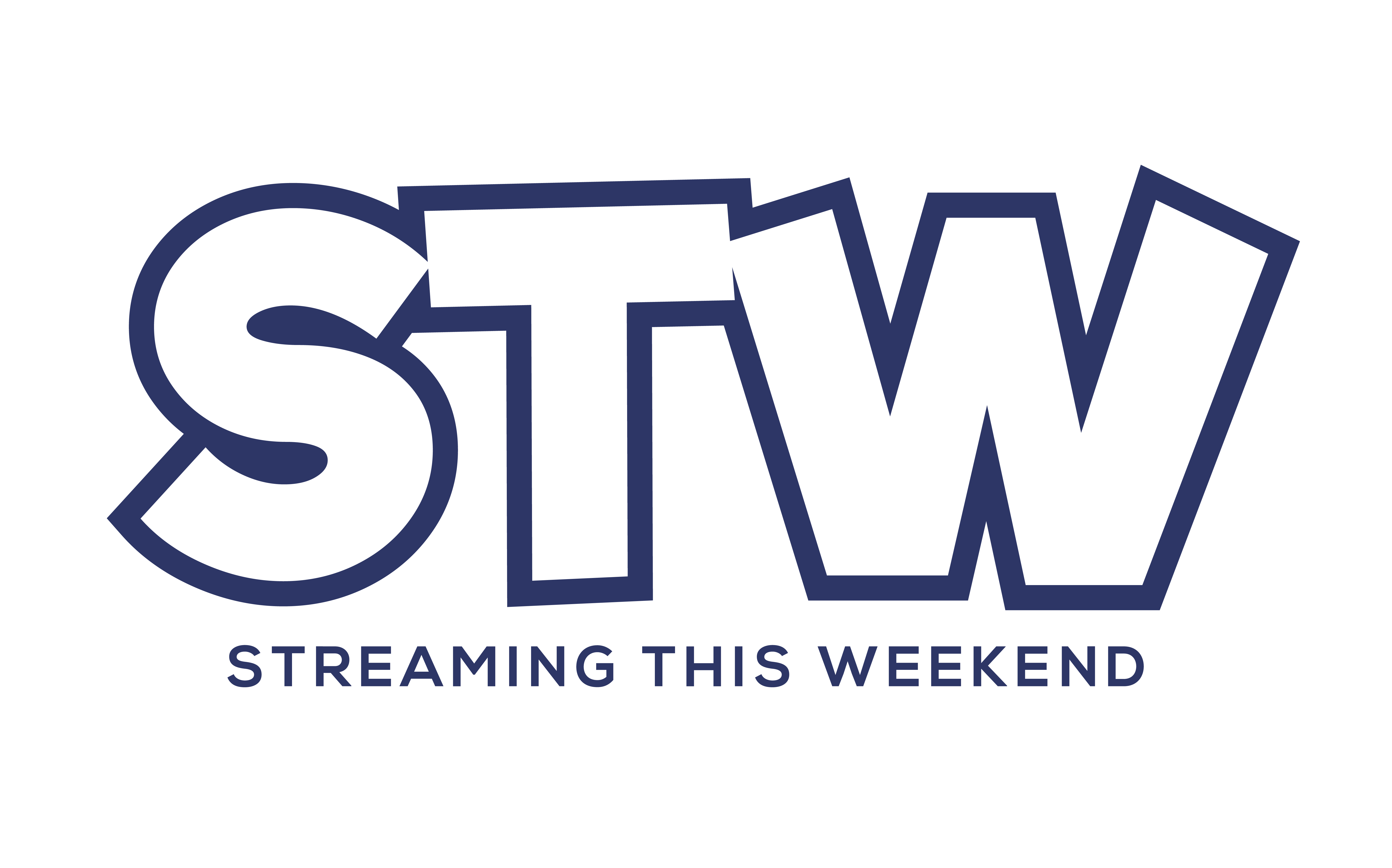On Tuesday, the popular Twitch Fortnite streamer, Ranger, admitted that there are times he doesn’t tell people what he does for a living because it is too confusing.
“A twenty minute haircut turns into a an hour and a half haircut, so I just lie,” Ranger said on Tuesday.
Table of Contents
The live streaming industry has a lot of room for growth, but it’s already confusing
It’s not surprising Ranger forgoes conversations about his work on Twitch, given how new the industry is. Since it launched in 2014 with Amazon’s acquisition of Justin.tv, Twitch has grown to a user group of over 140 million, adding more oomph to the punch streaming services have already put into cable. However, it happened so fast many viewers were left out.
But to give you an idea of just how much a dent the streaming industry has put into traditional media, you need to look no further than Neilson, who reported last summer that streaming content has surpassed cable in viewership (a trend that is likely to continue).
Still, even with that growth, most Americans have no idea how to get in on the action or use live streaming platforms. This, despite the fact that Americans spend over eight billion hours viewing streaming content each month.
It’s understandable, though, given there are endless options for streaming. From YouTube to Twitch, Instagram to Facebook, and Caffeine TV to Shudder, speciality streaming platforms are popping up all over the web in what is shaping up to be a gold rush for content. And all the options have created so much variety it’s difficult for most Americans to wrap their heads around it.
Ranger has built a strong following on Twitch, a trend that is upending traditional media
Popular streamers like Ranger aren’t alone. Where the media landscape was once dominated by just a handful of well-known journalists, talking heads, and performers, the live streaming industry has over ten million small, mid, and large community streamers.
Live streaming even has the potential to replace traditional streaming services. According to GlobalWebIndex, following the pandemic, “livestreaming took precedence, drawing a rising number of viewers looking for a new way to connect. In fact, 24% of US internet users ages 16 to 64 began watching more livestreams during the first month of lockdowns.”
To put a finer point on it, in 2022, live streaming netted over 160 million viewers, roughly the subscription equivalent of Disney Plus.
So where is all this headed?
It’s hard to say, but it isn’t difficult to imagine a highly segmented entertainment market in the future similar to the music industry in the early 2000s when artists began creating their own labels as record deals fell out of favor.
Today, there are already Twitch streamers that perform better than nationally broadcasted programs. For example, another popular Twitch streamer named Julie (JulieClarkMusik) averages around 7,000 views for her bedroom piano concerts, more than WPRA Today, Total Body Sculpt With Gilad on Oprah’s OWN network, and That Metal Show on VH1 Classic. Oof.
This is because live streaming gives viewers the opportunity to interact with hosts, chat, contribute to content, and connect with other like minded individuals. It’s entertainment and social media combined. And it’s here to stay.
As platforms become more accessible to everyday viewers, we anticipate more will become content creators themselves, creating niche media that speaks directly to their communities and fans.
However, chances are, we’ve got another 10 years until the market matures to the extent that Ranger can tell his barber what he does without an hour long conversation about the ins-and-outs of the live streaming industry.
Until then, rock on @RangerMJP, @JulieClarkMusik, et al. 🤩🔥🔥🫡
Related: Here’s How Much Twitch Streamers Make In 2023

